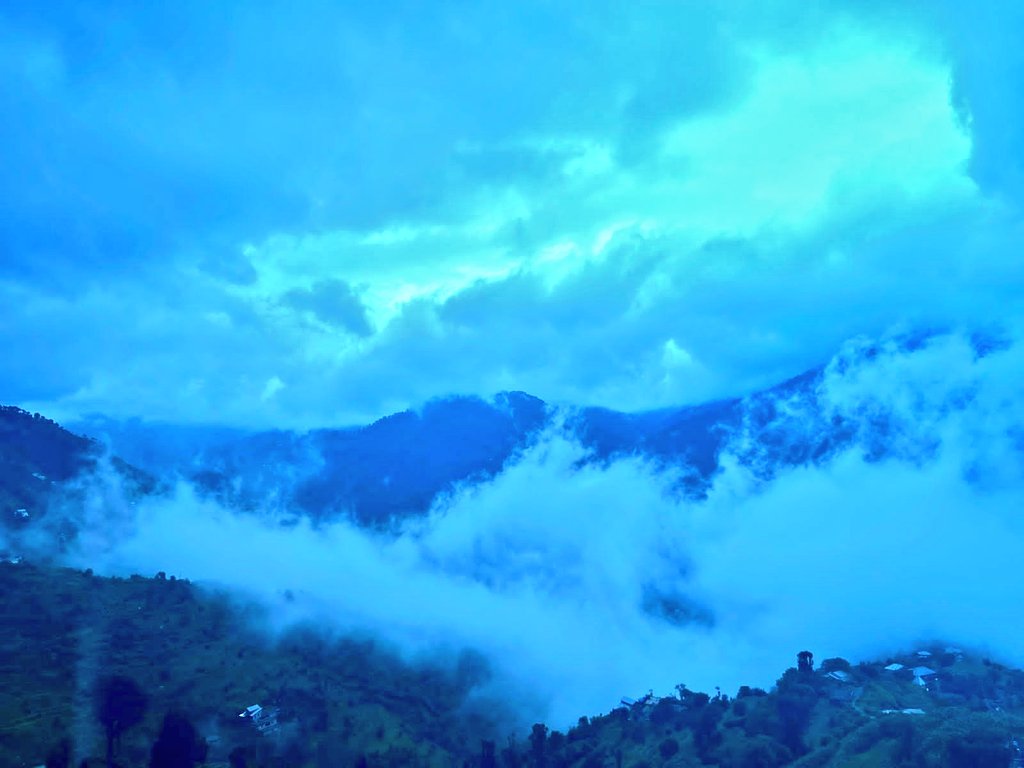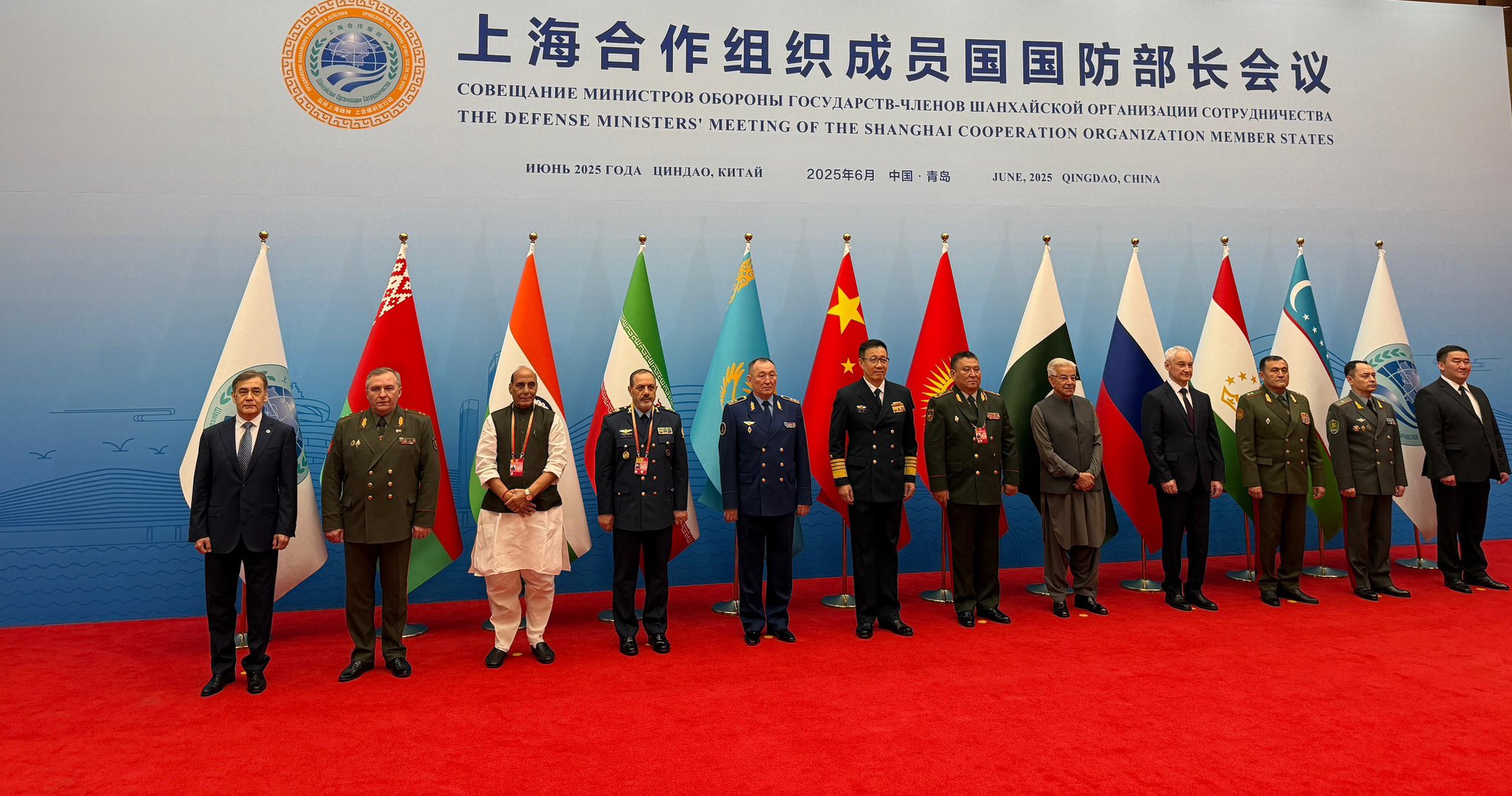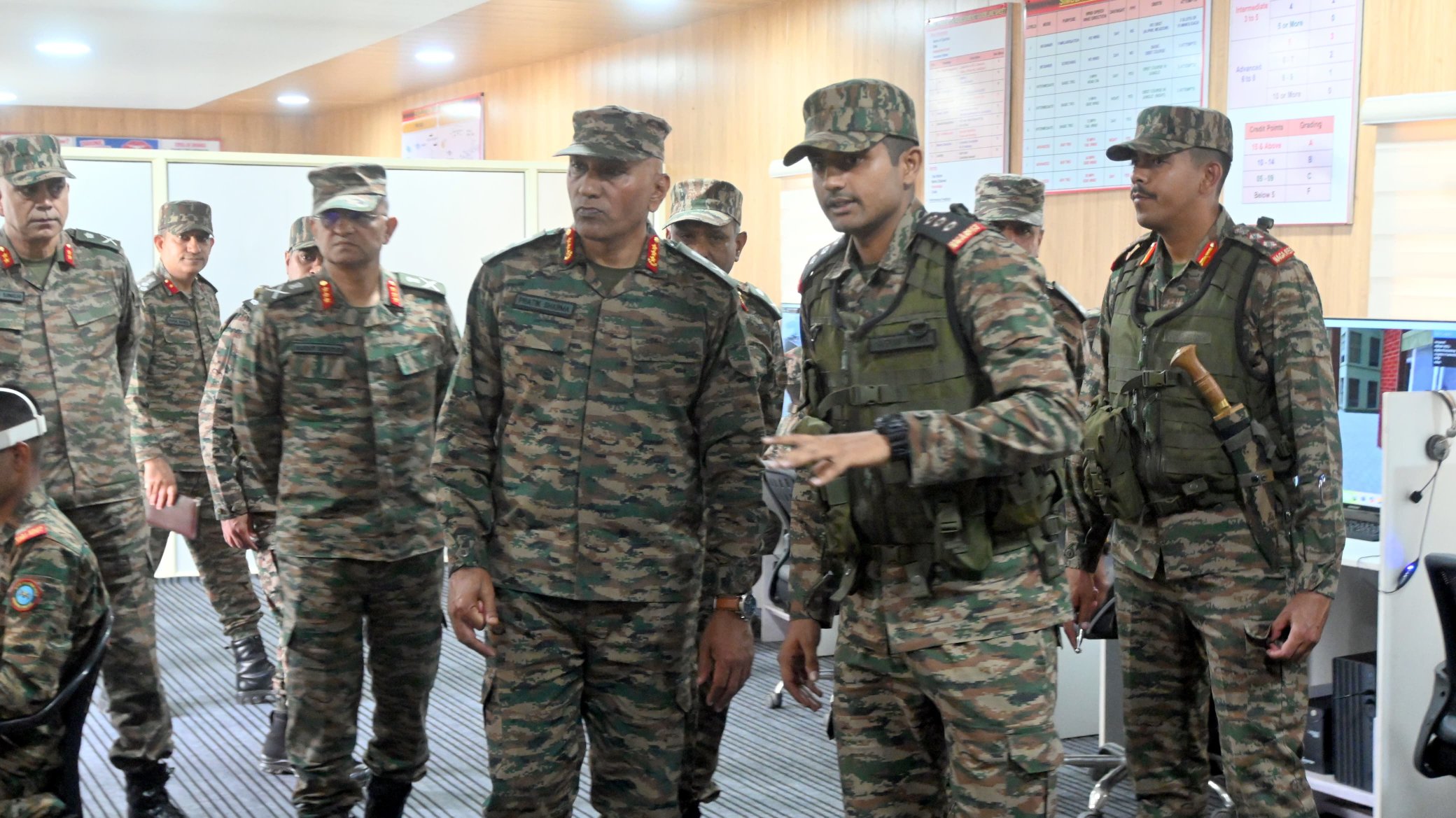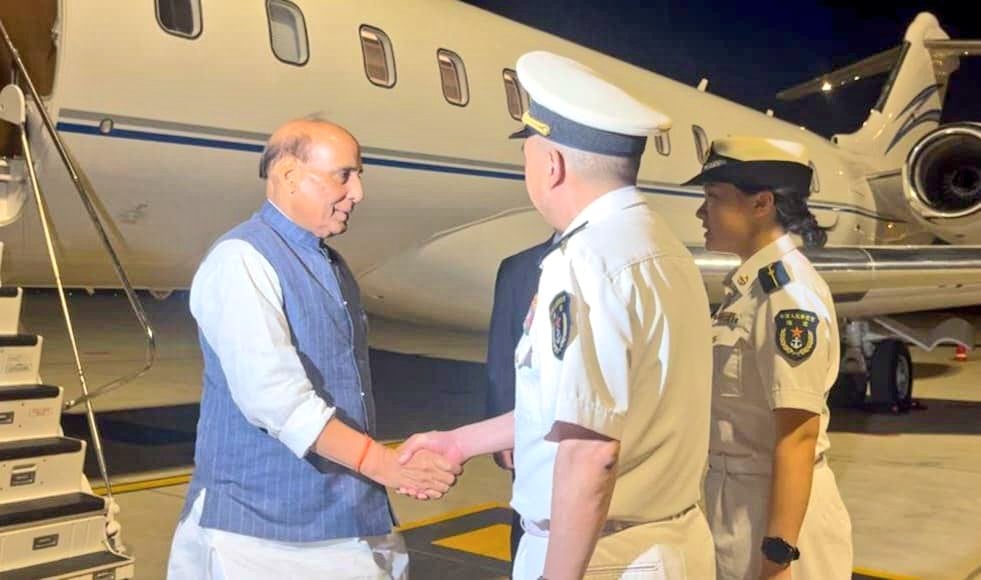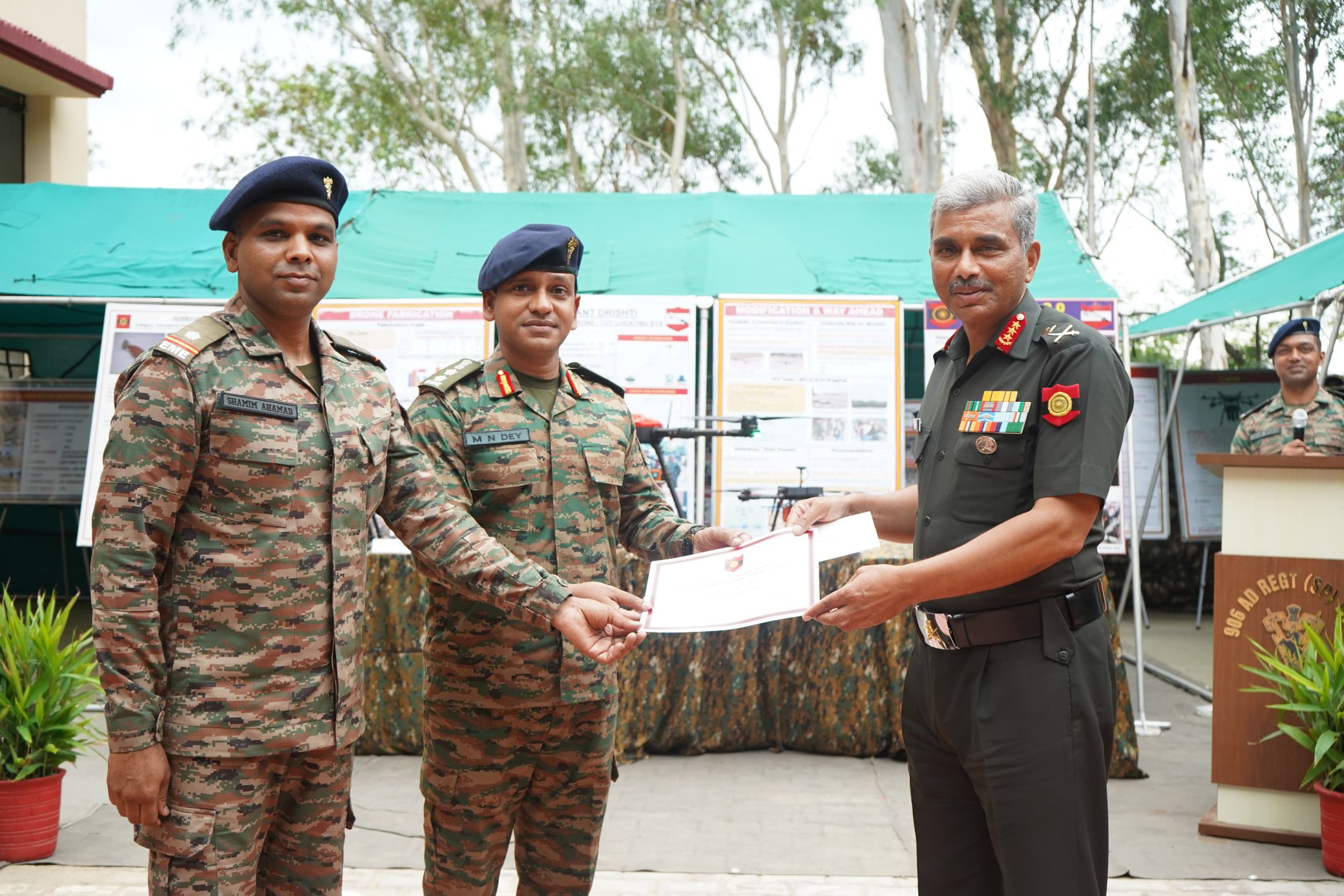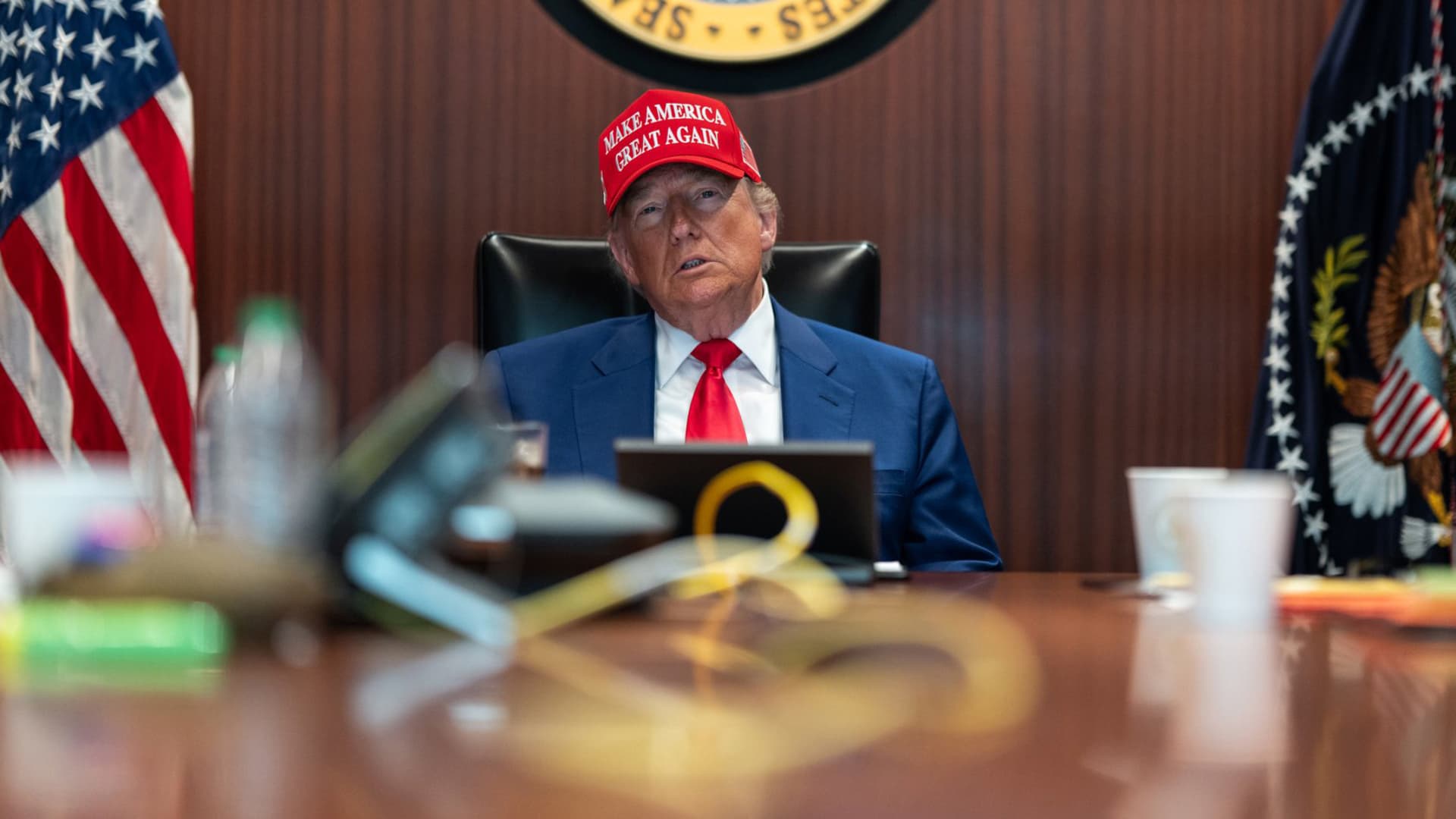Operation Bihali Launched in Udhampur as Indian Army and J&K Police Engage Militants
A joint anti-terror operation, codenamed ‘Operation Bihali’, is currently underway in the Bihali area of Basantgarh in Udhampur district. The…
Rajnath Singh Refuses to Sign SCO Document in China That Downplays India’s Stand on Terrorism
Defence Minister Rajnath Singh took a firm stand during the Shanghai Cooperation Organisation (SCO) Defence Ministers’ meeting in Qingdao, refusing…
Indian Army Deploys AI Surveillance to Boost Security in Kashmir
The Indian Army has taken a major leap in modernizing its border security operations by deploying artificial intelligence (AI)-powered surveillance…
Indian Defence Minister Arrives in Qingdao for SCO Defence Ministers’ Meeting
India's Defence Minister Rajnath Singh has arrived in Qingdao, China, to participate in the Shanghai Cooperation Organisation (SCO) Defence Ministers’…
Western Command Hosts High-Level Conclave on Operation Sindoor and Future Warfare Strategy
The Indian Army’s Western Command concluded a two-day Field Formation Commanders’ conclave at its headquarters in Chandimandir, focusing on critical…
Trump Slams CNN and NYT for Calling Iran Strike Ineffective: Labels Reports as ‘Fake News’
US President Donald Trump has fiercely criticized major media outlets CNN and The New York Times, accusing them of spreading…

